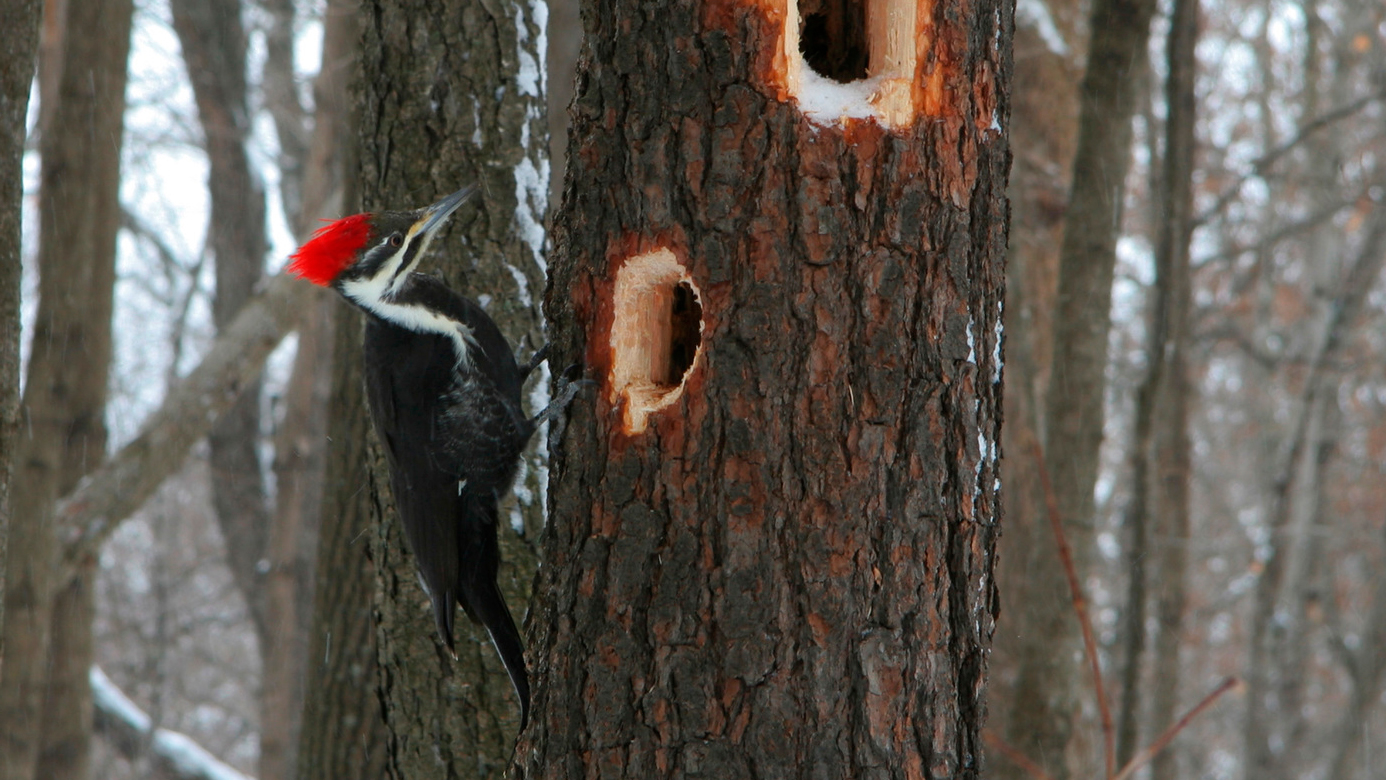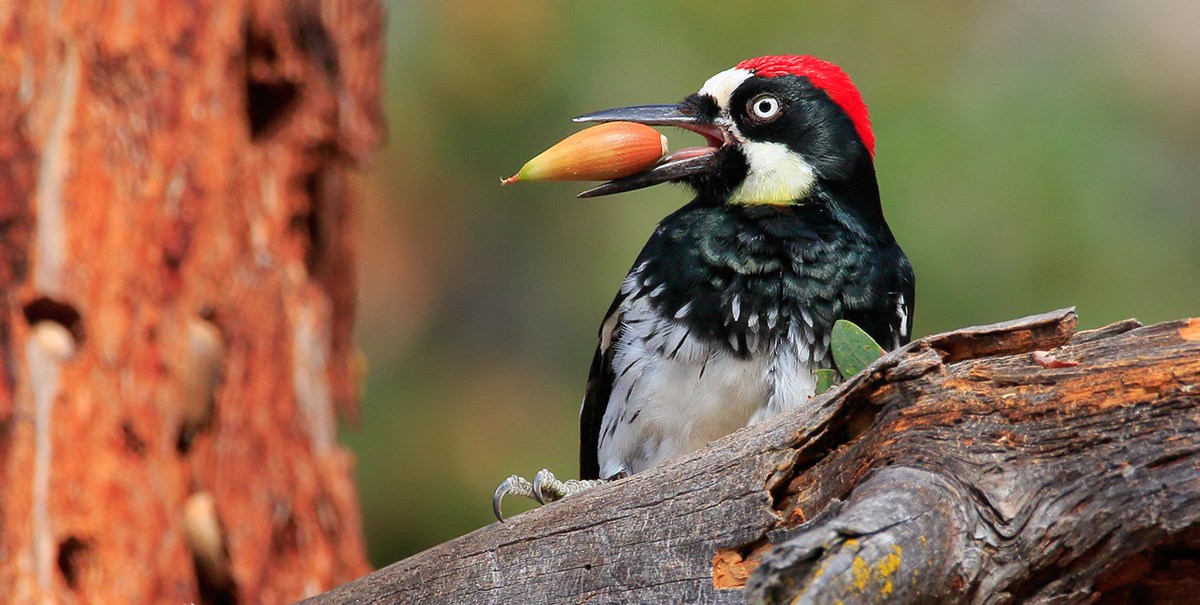Encountering Woodpeckers in Florida Types: Environments and Habits
Encountering Woodpeckers in Florida Types: Environments and Habits
Blog Article
Woodpeckers Unleashed: Discovering the Wonders of These Proficient Tree Climbers
Woodpeckers, with their unique markings and balanced drumming echoing via wooded locations, hold an one-of-a-kind place in the bird globe. Their specialized composition and adaptations enable them to navigate upright surface areas with unequaled ability. Their proficiency of tree climbing is simply one facet of their remarkable behavior. As we dive right into the detailed information of woodpeckers' nesting habits, feeding methods, and the continuous preservation efforts to protect these impressive birds, a deeper appreciation for their area in nature unfolds.
Anatomy and Adaptations
When analyzing the makeup and adjustments of woodpeckers, one can observe remarkable attributes that allow these birds to grow in their specialized environmental specific niche. Woodpeckers are outfitted with a suite of unique anatomical attributes that assist them in their woodpecking habits. One of the most popular attributes is their strong, chisel-like beak, which is specialized for boring into wood to discover bugs or develop nesting tooth cavities. This beak is sustained by strong neck muscular tissues and a highly established skull structure that functions as a shock absorber, enabling woodpeckers to repeatedly peck at trees without causing brain injury. Furthermore, woodpeckers have zygodactyl feet, with two toes encountering onward and two encountering in reverse, giving a company hold on tree trunks while they search for food or drum for interaction.
Moreover, woodpeckers have an unique tongue structure that is long, barbed, and sticky, allowing them to remove bugs from holes in timber. This customized adaptation permits woodpeckers to make use of a food source that is hard to reach to many other bird species. In general, the anatomy and adjustments of woodpeckers showcase the impressive evolutionary options that have allowed these birds to flourish in their arboreal environment.
Drumming Habits
Having actually explored the anatomy and adaptations of woodpeckers, the focus now moves to recognizing their drumming actions, a distinctive element of their communication and territorial display screens. Drumming is an important type of interaction among woodpeckers, offering numerous purposes such as developing regions, drawing in friends, and signaling alarm. Each woodpecker varieties has an one-of-a-kind drumming pattern that aids individuals recognize participants of their own varieties and distinguish them from rivals or killers.
Woodpeckers generate drumming noises by swiftly pecking on powerful surfaces such as dead trees, energy poles, or also steel items, creating a series of rhythmic beats. The strength and rate of drumming can vary based upon the function; as an example, a quick drumming series might symbolize aggression towards intruders, while a slower and softer drumming pattern can show courtship (Woodpeckers in Florida). Furthermore, woodpeckers may change the frequency and duration of their drumming to share particular messages effectively
Nesting Routines
Checking out the nesting practices of woodpeckers reveals fascinating insights into their reproductive habits and habitat options. Woodpeckers are recognized for their unique nesting choices, usually excavating cavities in trees to create protected rooms for raising their young. These cavities offer not just as a nesting website but additionally as a protected sanctuary from killers and inclement climate.
Woodpeckers display a high degree of integrity to their nesting sites, often going back to the exact same area time after time. This behavior highlights the relevance of ideal environment schedule for their reproductive success. The choice of a nesting website is essential for woodpeckers, with elements such as tree varieties, height, and decay stage playing significant duties in their decision-making procedure.
Remarkably, some woodpecker species are known to excavate several dental caries within their territory, offering themselves with alternate nesting options. This approach may function you could try these out as a type of insurance versus potential threats or disturbances to their main nesting website.

Feeding Strategies
One of the most unique feeding behaviors of woodpeckers is drumming, which entails quick pecking on trees to discover insects under the bark. Woodpeckers are additionally known to excavate tooth cavities in trees to accessibility concealed insect larvae or sap. Some varieties, like the acorn woodpecker, shop nuts in particularly created openings called granaries.
Conservation Initiatives
Amidst the detailed feeding techniques exhibited by woodpeckers, the preservation efforts intended at securing these remarkable birds play a crucial duty in protecting their environments and populaces. Woodpeckers encounter different threats to their survival, consisting of environment loss because of logging, environment modification altering their ecosystems, and accidents with synthetic structures such as buildings and vehicles - Woodpeckers in Florida. this content Guardians are proactively working to address these difficulties and make sure the long-term wellness of woodpecker varieties

Education and learning and public awareness campaigns are likewise crucial parts of woodpecker conservation efforts. By raising recognition about the relevance of these birds in keeping healthy woodland ecological communities, conservationists can garner assistance for habitat preservation efforts and promote liable land monitoring techniques. With collective initiatives in between scientists, policymakers, and regional communities, we can function together to safeguard a future where woodpeckers flourish in their natural environments.
Conclusion

Report this page